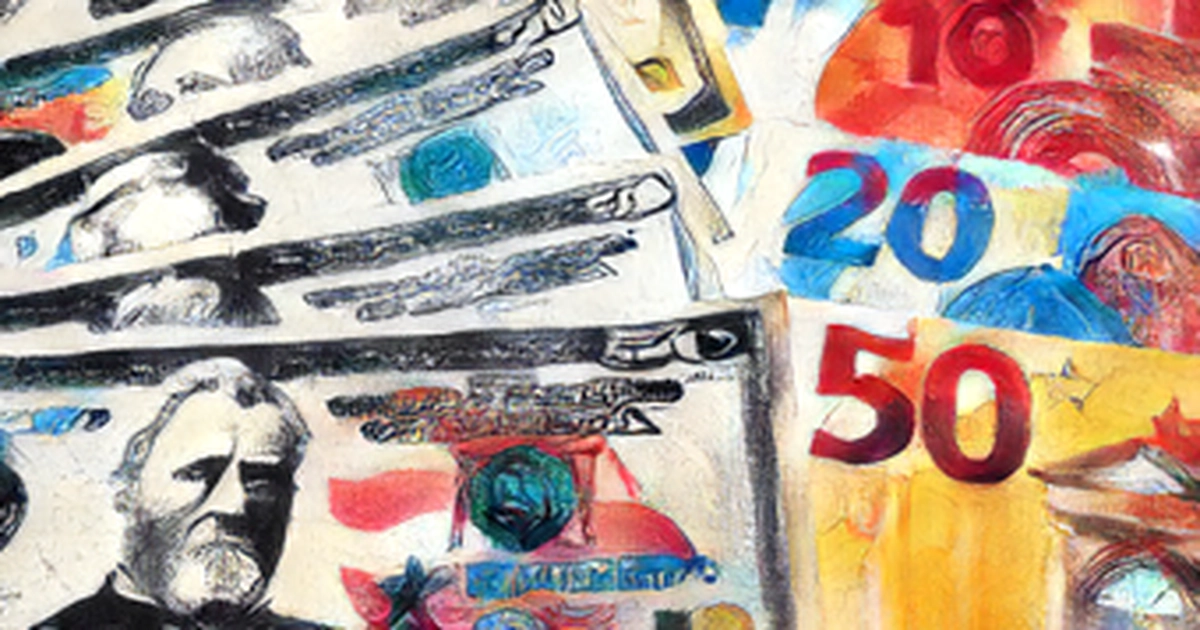
The dollar went back to a 20 year high on Monday as the euro struggled around the $1.05 mark, with investors preparing for a busy week of central bank meetings, including a likely Federal Reserve interest rate hike.
The euro was under pressure last month after a survey showed that the euro zone manufacturing output stalled as factories struggled to source raw materials, while demand took a knock from steep price increases.
Markets in Asia and London were closed for public holidays, so trading was quiet.
When the Fed meets on Tuesday and Wednesday, investors are expecting the Fed to hike rates by 50 basis points. There isn't a certainty as to how hawkish Fed Chair Jerome Powell will sound in comments after the decision.
Markets are pricing in an aggressive run of rate hikes from the Fed as it tries to tame soaring inflation.
Along with the expected slower rate of European Central Bank tightening and worries about the impact of the war in Ukraine on the euro zone economy, it has sent investors scrambling for dollars and leaving the euro at five-year lows.
The dollar index was up 5% in April, its best monthly performance since January 2015.
The USD is expected to stay strong against the EUR, as a hawkish FOMC Federal Open Market Committee position and geopolitical concerns will support the USD, according to a research note by UBS Global Wealth Management.
Short-term investors might look to sell rallies in EURUSD above $1.08. The wealth manager has lowered its euro-dollar forecasts to $1.05 for June from $1.11 for September, $1.08 for December and $1.10 for March 2023, based on the previous $1.11, $1.06 for September.
The dollar index was last at 103.36, up 0.1% on the day. The euro lost 0.2% to $1.0525.
BNP Paribas strategists said last week that big speculative flows and not concerns about a worsening economic outlook explains the euro's slide to a five-year low below $1.05 this week.
The dollar gained more than half a percent on the Chinese yuan in offshore markets, reaching 6.6895, just below its strongest since late 2020.
The pound fell by 0.1% to $1.2570, while Japan's yen was down against the dollar at 129.91, but off recent lows.
Other central bank meetings this week include the Bank of England on Thursday, which is expected to raise rates by 25 basis points to 1%.
Steve Englander, head of global G 10 FX Research at Standard Chartered, said there was a reasonable case to be made for central bank intervention to weaken the surging dollar.
He said that intervention would not have a big impact in the absence of policymakers outside the United States turning more hawkish.
He said that he doubted that intervention would have a lasting impact until the ECB and BoJ Bank of Japan offer more policy rate support.
The Australian and New Zealand dollar fell sharply in Asian hours as a sell-off on Wall Street undermined risk appetite and overshadowed the prospect of higher interest rates at home.
The Aussie bounced off three-month lows in European hours and was last at $0.7074, unchanged on the day.
The Australian dollar fell 5.7% last month as European recessionary fears and lockdowns in China undermined risk assets.
The Kiwi dollar hit its lowest level since mid- 2020, at $0.6422, after losing 6.9% in April, before recovering to $0.6448.
